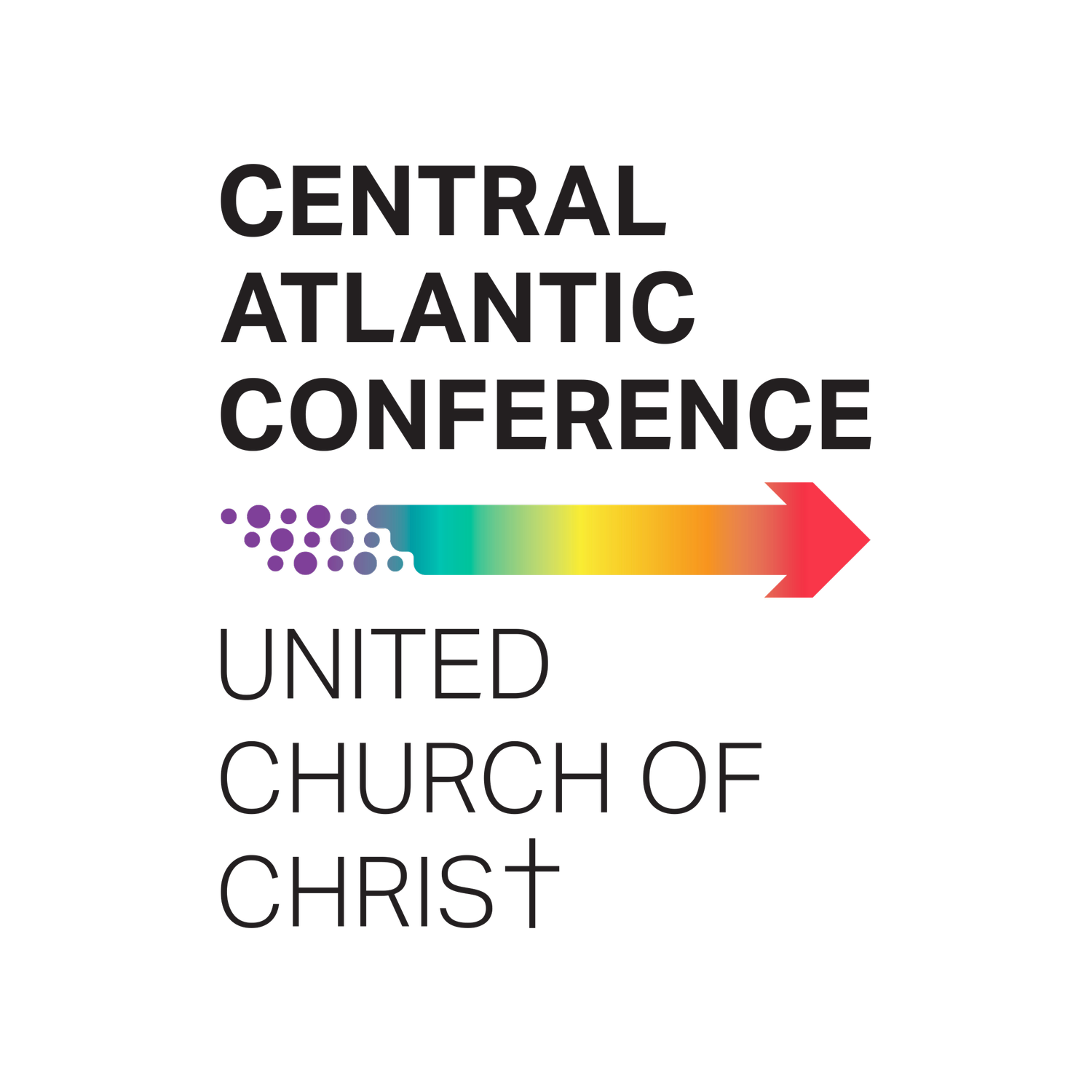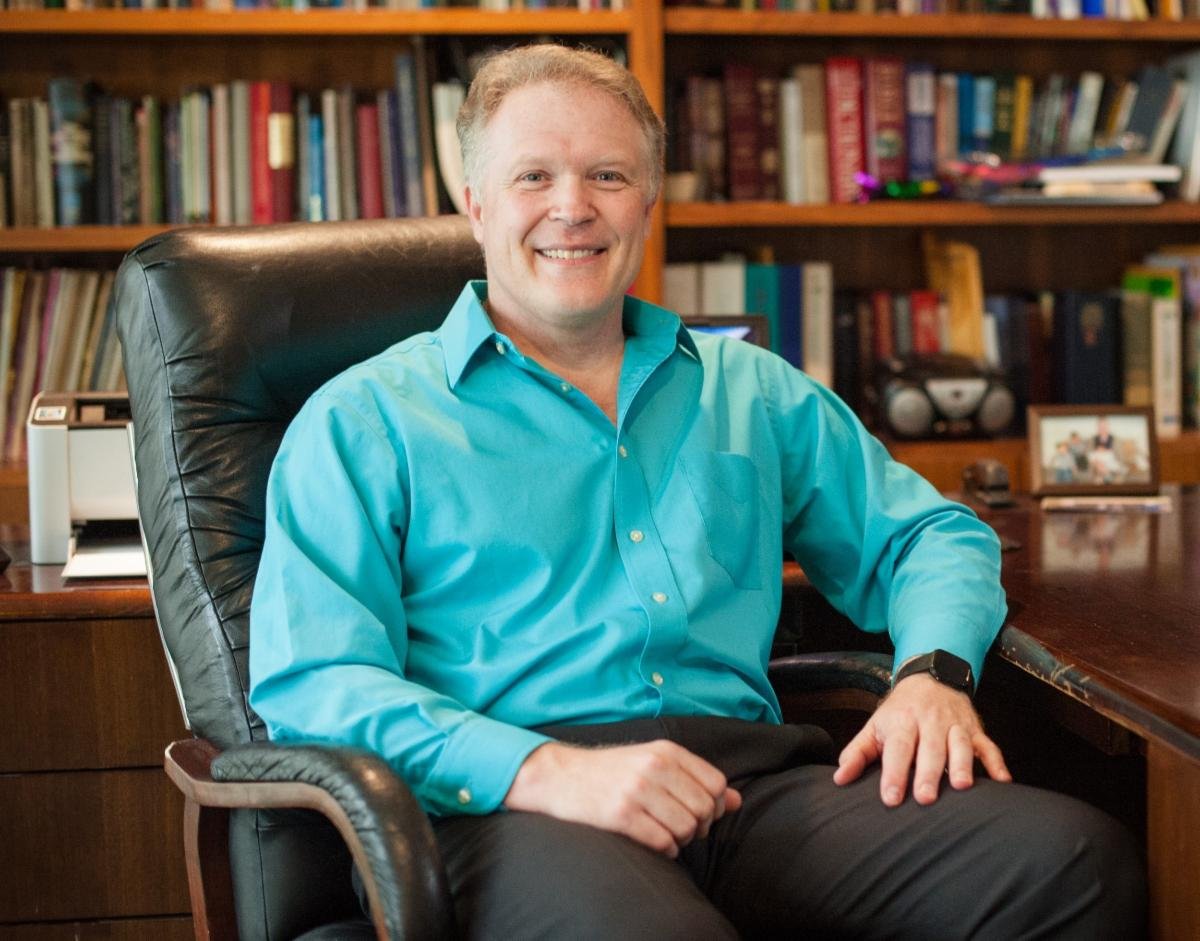
April 3, 2025
“The body is one, even though it has many parts; all the parts – many though they are – comprise a single body. And so it is with Christ.”
1 Corinthians 12:12 (The Inclusive Bible)
While we tend to think of the images of the body drawn from 1 Corinthians 12 at an individual level (i.e., what each person contributes to the life of their local church), I read the chapter much differently since I’ve entered conference ministry. Instead of reading it through the lens of the individual, I read it through the lens of our denominational structure. I believe, very strongly, that each setting of the church is as crucial as the parts of the body of which Paul spoke. The local church, association, conference, and national settings of the church each contribute something unique to the body that cannot be produced by other settings.
Since I started as your Associate Conference Minister for Congregational Development back on November 14, 2022, my consuming passion has been to create collaborative networks of ministries that could pull our local churches and associations together in order to meet the challenges of our post-pandemic world. We have done this through five shared ministry networks: the Children and Youth Ministry Leaders’ Network, the Creating Sanctuary Network, the Lay Worship Leaders Network, the Open and Affirming Network, and the Retired Ministers’ Network.
In order to get these groups off the ground, I adopted what David Ehrlichman, in his 2021 book titled Impact Networks, calls a “network mindset” rather than a “hierarchical mindset” to strengthen the life of each setting of our church.
“What’s the difference between a network and a hierarchical mindset?” you ask. Chapter Two of his book spells out the difference out beautifully. Here are just a few differences to pique your interest.
A hierarchical mindset emphasizes a mechanical view of the world that delineates the responsibilities of each part of a system (i.e. the consistory, the board of trustees, and the board of deacons). A network mindset, on the other hand, emphasizes a living systems view that helps the community see areas of overlap between the parts of the church and encourages shared vision and responsibility among the various groups.
A hierarchical mindset emphasizes “top-down, directive leadership” so everyone knows who is calling the shots – either as stated in the written church bylaws or the unwritten social dynamics of the congregation. A network mindset, on the other hand, emphasizes a “distributed, servant leadership model” where power is shared among church leaders and those affected by their decisions.
If you want to learn more about the differences between the mindsets, I urge you to check out Chapter Two of Ehrlichman’s excellent book.
I say all of this because I’ve been working with several local churches who are struggling to live into the post-pandemic world. Many of their struggles are due to the fact that their pre-pandemic bylaws and ways of being are strongly rooted in a hierarchical way of being which no longer fits the post-pandemic world in which we live. The post-pandemic world is calling us to embrace a network mindset for the body that impacts each setting of the church.
As we move ever closer toward Easter, I encourage you and your community to think about ways in which you can embody this shift in your mindset. As you do so, you will experience powerful moments of energy and excitement in your ministry setting as – together - we let go of efforts to control and manage expressions of the living Christ and instead follow the leading of the risen Christ in whatever unexpected directions it leads.
Grace & Peace,
Rev. Craig Peterson
Rev. Craig Peterson
Associate Conference Minister
Central Atlantic Conference UCC

